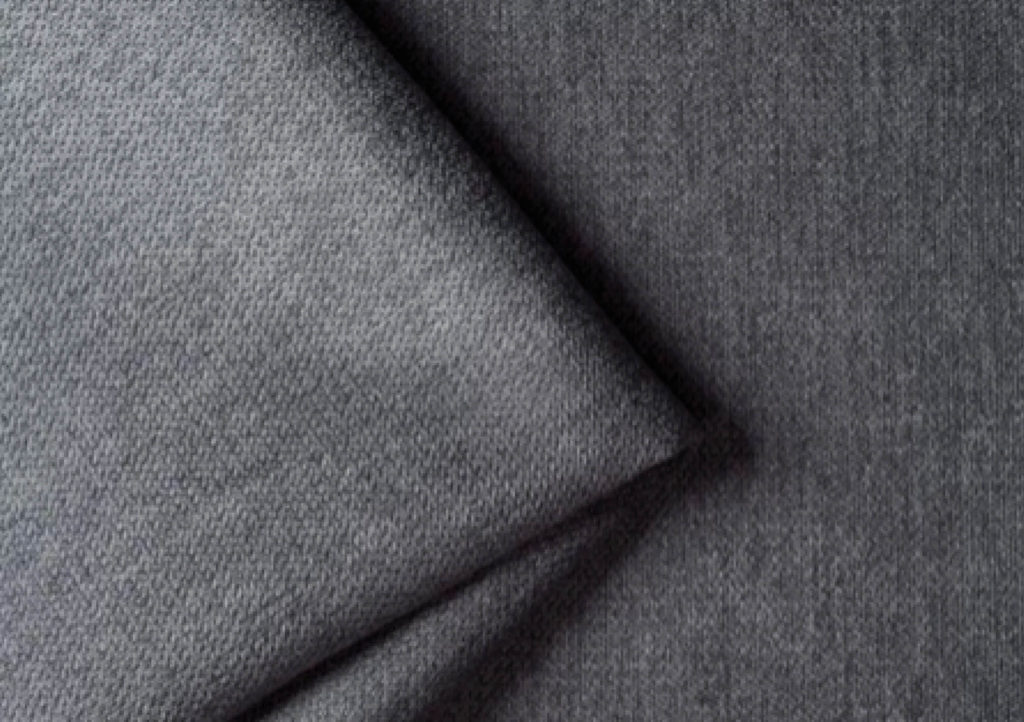
FABRIC CARE
Thank you for your interest in Scandi Seating products!
Having knowledge of how to care for your furniture ensures added value and longevity of your Scandi furniture. To help you protect your investment carefully read and follow our advice and instructions.
How do I care for my Scandi Furniture?
It is strongly recommended that the following care instructions are followed. Frequency of the care schedule will depend on how much the product is used.
.
Regular cleaning
Dirt and dust left in the fabric leads to the breakdown of fibers and will contribute significantly to shortening of the fabric’s lifecycle.
Fabrics and microfibers will therefore stay brighter and wear much better a simple brushing and vacuuming once a week or at least once a month. Use a super-soft slightly damp cloth regularly will also reduce buildup of dust, body cream and perspiration.
A foam cleanser is recommended for a deeper clean 1-2 times a year. Contact your Scandi Seating dealer for more information.
.
Stain and dirt removal advise
Act immediately. Reduce the spill by working from the edge towards the center, in order to avoid spreading. Gently remove most of the dirt using a spoon or other blunt object, and blot immediately with a clean white cloth.
It is important to avoid rubbing the microfibers, especially when they are wet. For wet stains, absorb as much of the liquid as possible with paper towels or a soft cloth before starting the cleaning process.
Brush with a soft brush when the fabric is dry. Water-soluble stains can be removed by applying a lukewarm, water-soaked non-abrasive cloth with a very mild soap. If needed, act in accordance with the instructions listed below. If using a solvent, never apply directly to the stained part, but on a clean cloth. After applying the stain remover, remove with a clean, dry cloth, then brush in opposite direction to pile lay. Leave to dry and do not lean or sit on the damp part. When dry, use the vacuum cleaner with a soft
.
Things to Avoid
Avoid sunlight, heat and cold fluctuation and high humidity.
Sunlight, heat and body oils will cause certain color changes. Do not place your furniture in the sunlight!
Take care to prevent sharp objects such as rings, buckles and pets’ claws from coming into contact with your furniture. Rotate reversible cushions regularly. Jeans, particularly when new, can cause discoloring.
If you notice a loose thread cut it off and tuck the exposed end back into the fabric. Never pull it! Fabric cover pilling can occur occasionally and should not be considered as a fault. Fiber lint can be removed by the use of a battery-operated lint tool.
.
IMPORTANT:
If spills or stains are excessive, we advise contacting your retailer or professional upholstery cleaner, or use a specialized fabric cleaning agent. When cleaning it is essential to pre-test any cleaning method on an inconspicuous area to ensure that your cleaning agent and upholstery dyes are compatible
To ensure these coverings provide a long life, a number of precautionary measures should be taken.
When arranging furniture, it is important to protect it from extreme heat and cold fluctuations. For example, damp conditions can cause mold. Hot radiators and other heat sources can cause color fading, as well as a drying effect that can add to the breakdown of protective finishes.
Prolonged exposure to sunlight will also cause damage and fading of all fabric and leather coverings.
.
Recommended Stain Treatments
Cosmetics, ink, milk, cream, beer, egg, blood, chocolate: Generally, use water and neutral, mild soap only. Rub the stain with a clean white cotton cloth dipped into a solution of water and neutral very mild soap until the stain disappears.
Lipstick, shoe polish, oil, fat: Immediately sprinkle talcum powder on the stain, then gently rub with a clean, white cotton cloth dipped into a solution of water and neutral very mild soap.
Coffee and tea: Use a clean, white cotton cloth dipped into a solution of water and neutral very mild soap.
Wine, liquor: Rub the stain with a clean, white cotton cloth dipped into a solution of water and neutral soap until the stain disappears. Alternatively, try with a cloth dipped into ethyl alcohol.
Chewing gum: Swelling with ethyl alcohol, then to be removed mechanically.
;